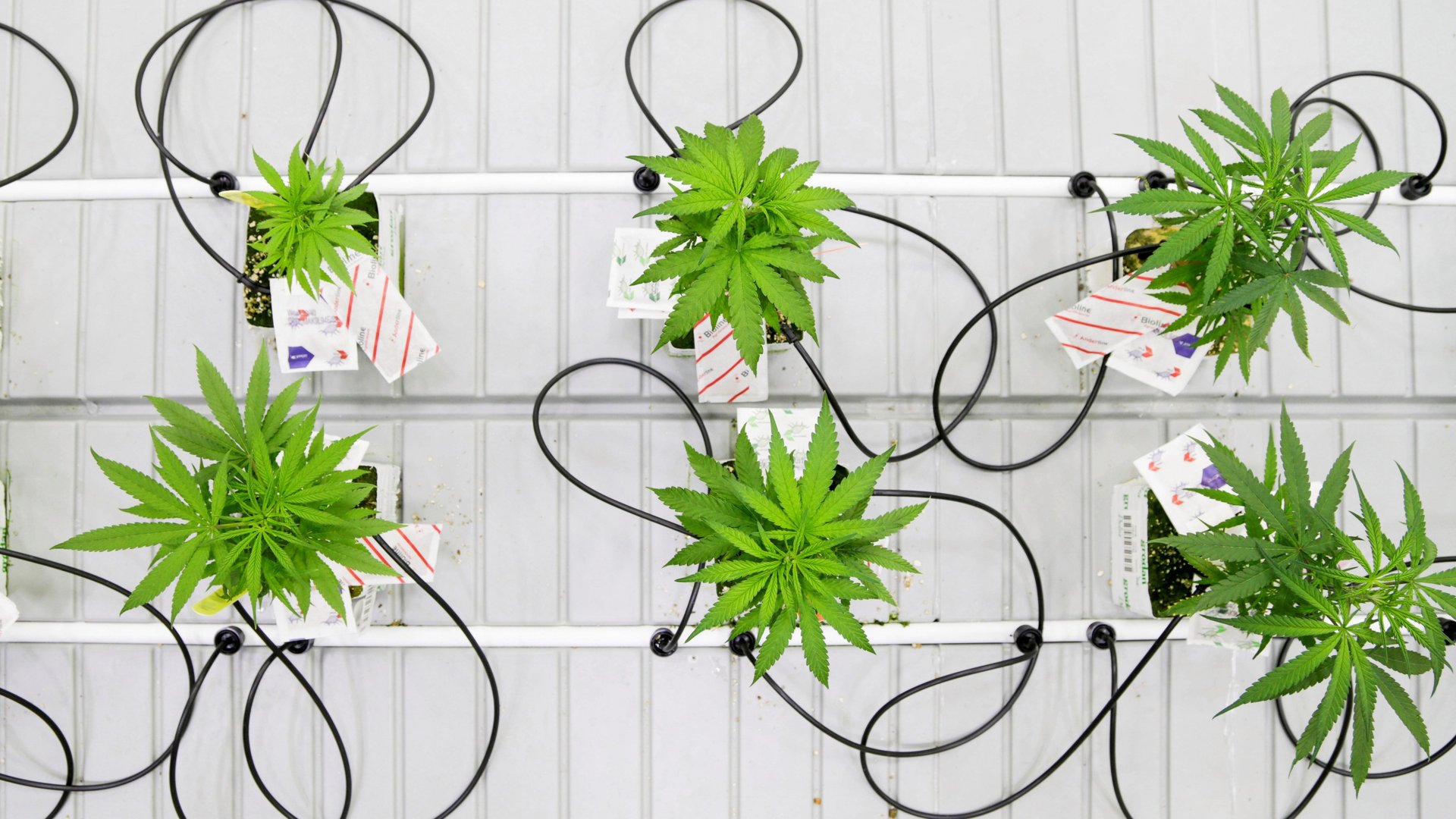Instead of testing workers for pot use, employers should test for “impairment”
Picture this: Mike comes into work today, and you are Mike’s employer. Your company also happens to operate in a state that recently legalized medical and/or recreational marijuana.


Picture this: Mike comes into work today, and you are Mike’s employer. Your company also happens to operate in a state that recently legalized medical and/or recreational marijuana.
Mike seems a bit unlike himself this morning. His eyes are red, and he’s moving and responding more slowly than usual. You suspect he’s under the influence of marijuana, and you’re worried about how this might affect his quality of work. Let’s also assume you work at a construction site, and Mike is in charge of operating heavy machinery. Now you also have to worry about his physical safety and the safety of others.
The logical next step would be to give Mike a drug test. But it’s not so simple. To test for alcohol, you could have Mike blow into a breathalyzer and know the results on the spot. The standard method for testing the presence of marijuana, however, is to collect a urine sample. This system can be gamed if Mike uses someone else’s urine, and it can take up to 72 hours for the results to come back.
Still, you move forward with the urine test. For safety concerns, you decide to send Mike home until the drug test comes back. You already know that this will go one of two ways:
Either the test comes back negative, and you will have put Mike out of work based on a subjective assessment, which is potential grounds for him to sue the company for lost wages.
Or, the test comes back positive, in which case you have a new dilemma. The test results don’t tell you what day or time Mike smoked or ingested marijuana; a person can test positive for marijuana in their system days or even weeks later, so it very well could have been Sunday afternoon, having no effect on him that day at work. In this scenario, you are also dealing with the dilemma that marijuana is legal in your state, and you’re not sure what legal grounds you have to justify your decision to send him home.
As it turned out, Mike is a new dad and was up all night with a cranky newborn, and there’s no law against that. However, extreme fatigue still impairs people in much the same way as alcohol or marijuana, presenting the same danger to that employee and others if they are allowed to—let’s say—operate heavy machinery.
The way that we test workers for drug use has always been fraught with these potential land mines, and it’s only becoming more so as laws change to permit some types of drug use. As a safety consultant who has advised companies on how to manage this territory for the last 28 years, I believe that a fundamental update is required.
Instead of focusing on the cause of impairment—drugs, alcohol, lack of sleep—employers should focus on the impairment itself.
In the workplace, impairment is the inability to perform and make judgments as you normally do, exposing yourself and others to various forms of risk depending on industry.
Substance-based policies do not take into account other causes of impairment, such as fatigue, stress or undetected medical problems. These policies also require constant reevaluation because the number of substances available, legally or illegally, is steadily expanding.
Additionally, testing measures for substance-based policies are not fail-proof. First, even if you submit “X” percent of your workforce to random drug testing every week or month, positive results cannot prove that on a specific day an employee was impaired by that substance. Second, whereas employers could theoretically breathalyze every employee before they clock in, no such instantaneous test exists for marijuana.
However, it is possible to test for impairment every day. I’ve worked with companies to pilot technologies that test for physical and mental acuity. The whole process takes mere seconds, and employees simply take the test before they are allowed to begin working each day. Whereas the companies were initially concerned that they would have to turn away one-third of their workforce at the door, the exact opposite occurred. What we found was that the technologies became a huge deterrent, and employees tended to take better care of themselves—including staying away from drugs and alcohol in proximity to working hours—in order to ensure they would pass the test.
Furthermore, these tests eliminate any personal bias that may exist about people’s lifestyles. Going back to Mike, if you as an employer know he frequently smokes marijuana, you are more likely to pull him from work as a safety precaution if you think he is showing symptoms of being under the influence. Even though this is an informed opinion, it is just that: an opinion.
If Mike is high at work, the impairment test will pick that up, and then you have probable cause to excuse him from work that day, legally and with a good conscience. If Mike isn’t impaired at work, it doesn’t concern you as an employer how he chooses to legally spend his time outside of work.
While all workplace safety policies are created to protect employees, not all policies are created equal. Marijuana is not the first—and certainly won’t be the last—substance in line for legalization, and companies that truly value the safety of their workers need to broaden their perception of both the problem and the solution. If companies focus their policies on impairment, not substances, and they’ll be prepared for anything the 21st century throws their way.
Jim Spigener is the chief client officer at DEKRA.